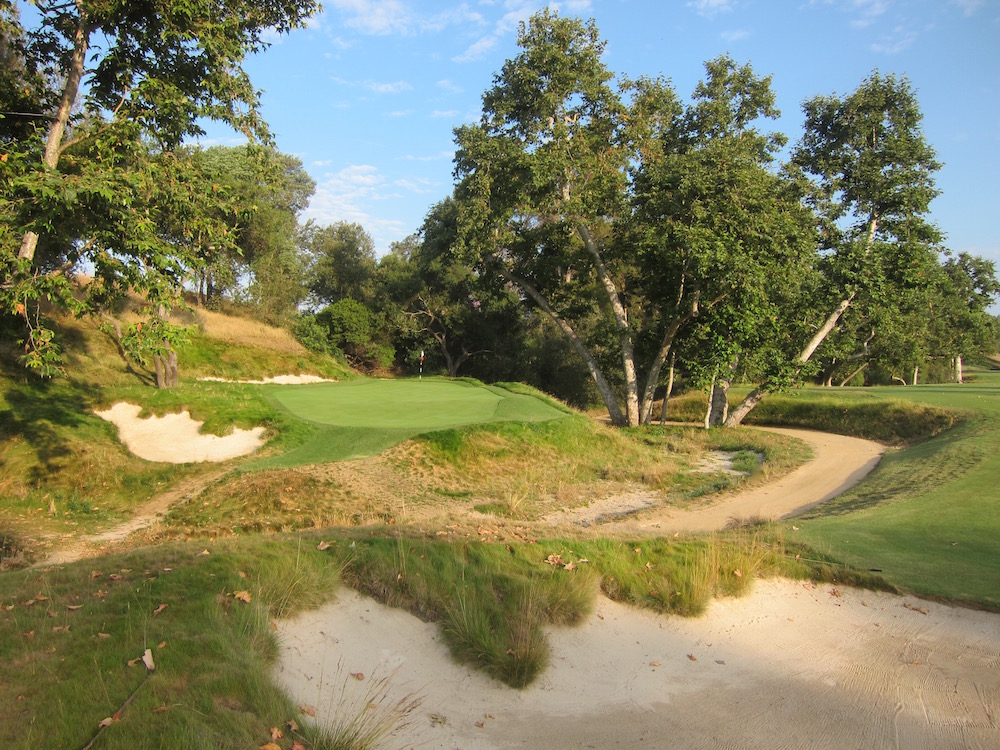Annika On Design Career: "Tougher than I thought."
/The legendary Annika Sorenstam made some interesting comments about her golf course design career's lack of trajectory to CNN Living's Shane O'Donoghue. Bunkered Golf Magazine links to the interview and paraphrases, but in essence she senses that as a woman clients just assume she'll build "short and easy". Besides the shame of assuming one gender builds short and easy, it's a reminder how many awful developments were built on the premise of championship and tough. If only golf had more "short and easy."
Bunkered Golf Magazine links to the interview and paraphrases, but in essence she senses that as a woman clients just assume she'll build "short and easy". Besides the shame of assuming one gender builds short and easy, it's a reminder how many awful developments were built on the premise of championship and tough. If only golf had more "short and easy."
“Being a female, when they throw my name in the ring as a designer candidate a lot of times they say, ‘Oh, well then this course will be short and easy’.
“I don't know where it comes from. I think they just have that predetermined notion of women designing shorter courses, and that's not really what comes to my mind.
“I consider myself, of course a female, but I'm also a golfer and I feel like I can play any golf course out there and I guess maybe my defensive mechanism is, 'Hey, I'd play you anywhere, anytime and then we can go from there’.”





















